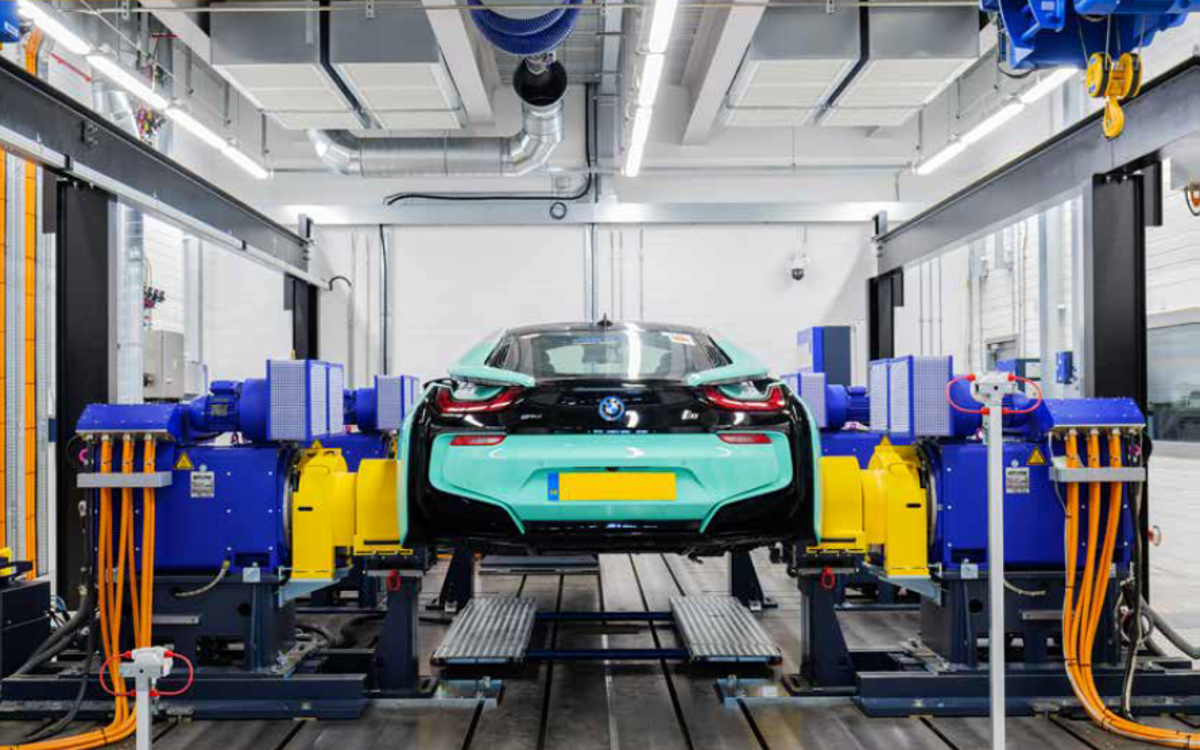
Developing next generation electric vehicles
To achieve net zero legislation, electric powered transport will reduce greenhouse gasses and air pollutants, enabling a cleaner, safer environment. With the potential to reshape the transport sector, traditional diesel and petrol fuelled vehicles that use combustion engines will be replaced with electric vehicles.
Challenge
The development of new tools and techniques is a vital component of product innovation for electric vehicle propulsion systems. With technologies changing faster than ever before, new exploratory research, tools, skills, and demonstrators are essential to facilitate transition and nurture innovation.
Results and the digital opportunity
The University of Bath, through the newly opened £70M Institute for Advanced Automotive Propulsion Systems (IAPPS), has produced a report that presents a number of case studies including an Electric Vehicle (EV) Powertrain analysis and an electrothermal analysis of an EV battery pack.
A Powertrain consists of every component that is inside a car and generates power to the wheels, which enables it to move forward. It consists of a system that includes the engine, transmission, driveshaft, axles and differential.
Through a combination of research, simulation and experimental techniques, the first case study is based on a lowcost 48V EV powertrain for small electric vehicles, which can also have practical “real-world” applications in urban mobility solutions, including e-scooters, e-mopeds or even small e-motorcycles.
The case study presents real drive cycle data, characterised component models and explains the model parameters for each of the major components in this system. It also determines the overall capability and efficacy of the EV powertrain when used in a realistic drive cycle context.
The second case study describes a modelling technique that has been used to rapidly and efficiently predict the thermal behaviour of an electric vehicle battery pack and evaluate the risk of possible fires or a ‘thermal runaway’.
The case study explores the thermal runaway characteristics of typical Lithium Ion battery cells in a variety of geometric configurations using electro-thermal models. This is for the rapid assessment of not only the electrical and thermal behaviour of the cell in a context of a pack, but also different cooling regimes, understanding electrical and thermal stress on reliability, and ultimately providing a deeper understanding of the potential risk of an incident of failure leading to catastrophic damage to the battery pack as a whole.


